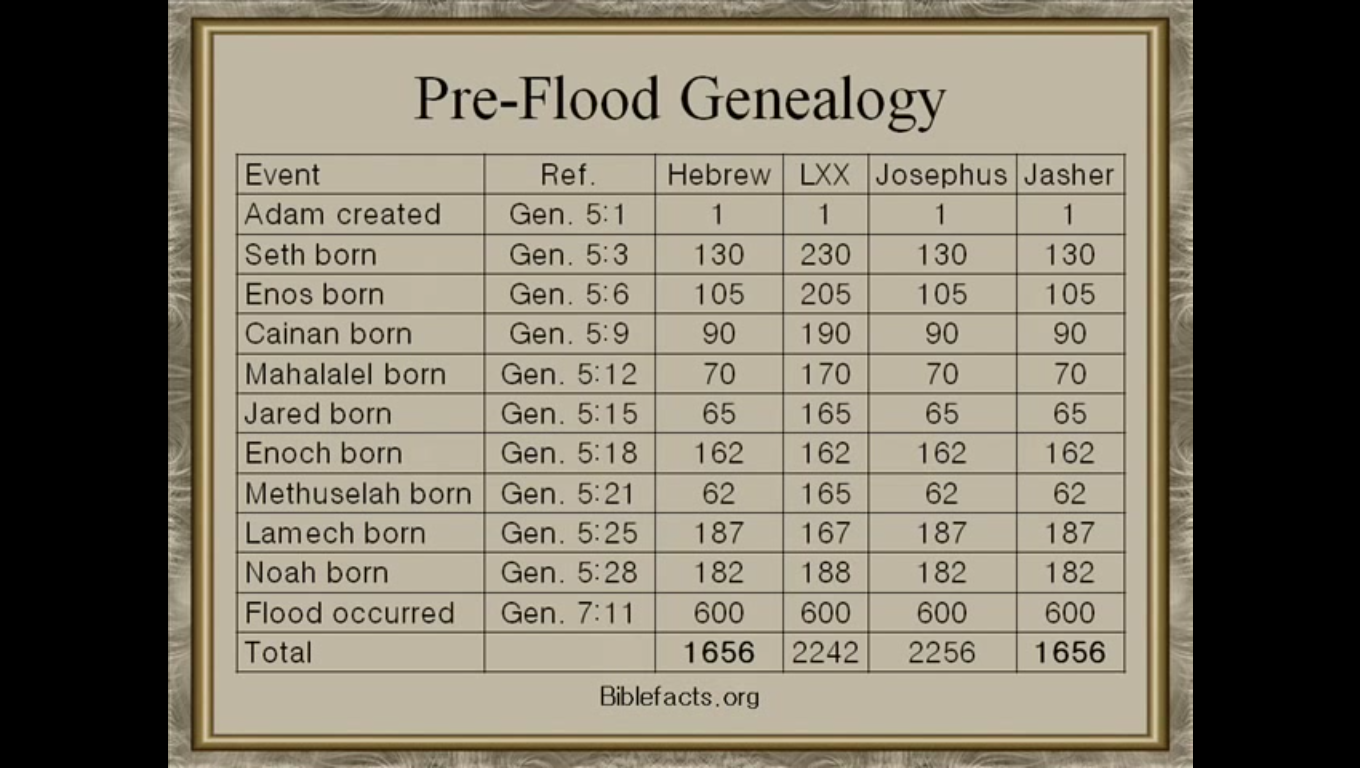The Old Testament Bible was originally written in Hebrew, with scattered passages of Aramaic. It was first translated in its entirety into Aramaic and then later into Greek (the Septuagint). Hebrew scholars created the authoritative Masoretic text from Aramaic Targums and the original Hebrew scrolls, which have been lost to history.
Today, many scholars believe the Masoretic Text is more authoritative than other biblical versions because the Masoretic Text uses the traditional Hebrew text of the Jewish community. The Masoretic Text was meticulously assembled and codified, and supplied with diacritical marks to enable correct pronunciation. This monumental work was begun by scholars at Talmudic academies in Babylonia and Palestine, in an effort to reproduce, as far as possible, the original text of the Old Testament Hebrew Scriptures. Their intention was not to interpret the meaning of the Scriptures but to transmit to future generations the authentic Word of God. Because of this history, many scholars believe the Masoretic Text Chrono-genealogy is more precise than the Septuagint and other biblical versions. The Masoretic Text Chrono-genealogy concurs with the Book of Jasher. The Book of Jasher is the ancient history book of the Jewish people. The Book of Jasher goes back to 1450 BC. The Masoretic Text is the primary source for the King James Version (KJV), New King James Version (NKJV), and New international version (NIV).
According to the Masoretic Text, the first 11 chapters of Genesis give us the history of the Creation (Genesis 1:1-2), the fall (Genesis 3:1), Cain and Abel (Genesis 4:1), the Great Flood (Genesis 6-9), and the Tower of Babel (Genesis 11). They also give us a basic framework for dating those major historical events. According to Genesis five, a period of 10 generations went by between the Creation and the Flood. Although the individuals listed in that chapter enjoyed an average life span of roughly 858 years or more, the total time between Adam and the Flood was only about 1,656 years.

GENESIS CHAPTER 11
According to Genesis chapter 11, another 9 generations elapsed between the time of the Flood and the time of Abraham. The average life-span of these individuals was roughly 385 years; the total time between the Flood and Abraham is roughly 350 years. If we take Genesis literally, that would mean that all of Abraham’s ancestors as far back as Noah’s son Shem were still alive when Abraham was born, and that the time separating Abraham from the day of Creation is only 2,176 years—a bit more than the time separating us from Christ. In modern times, the systems of Biblical chrono-genealogy that have been adopted are chiefly from Archbishop James Ussher. Archbishop Ussher’s system is called the short chronology. The short chronology generally teaches that the creation of Adam was in 4001 BC, the Great Flood was in 2345 BC, the Tower of Babel construction occurred in 2245 BC, Egyptian civilization began 2200 BC, the time of Abraham was in 2001 BC, and the time of Messiah Yeshua began in 1 BC and ended in AD 32. The short Chronology is based on the assumption that no lengthy gaps exists in the history from Adam to Messiah. Creation scientists argue that the reproductive powers of early post-flood populations were greater than today, which means that population growth after the great flood was very rapid.
Furthermore, early Christian writers held that at the end of 6,000 years of history, Messiah Yeshua would return and reign for 1,000 years. These included Barnabas (A.D. 100), Justin Martyr and Irenaeus (A.D. 150), Lactantius (A.D. 325), and Methodius, Bishop of Tyre (A.D. 300). Barnabas wrote: “as there had been 2,000 years from Adam to Abraham, and 2,000 from Abraham to Messiah Yeshua; therefore, there will be 2,000 years for the Christian era and then would come the Millennium.” If these Christian writers are correct, then the Christian era should conclude sometime before, during, or shortly after the year A.D. 2032 because the Christian era began in the summer of A.D. 32.
However, we must understand that these dates are not based on what the Holy Bible says because the sacred Scriptures reveal no dates for the creation of the universe, planet Earth, formation of life, and the global flood. The Holy Scriptures reveal no dates for the return of Messiah Yeshua. This fact means that Adam was probably created sometime before 4000 BC, the great flood probably occurred before 2345 BC, time of Abraham was probably before 2001 BC, and Messiah Yeshua’s incarnation was probably before 1 BC.
PRIMARY SOURCES
The New King James Version. Easton Bible Dictionary. Holman Bible Dictionary. Septuagint Bible; Sir Lancelot C. L. Brenton; Old Testament Chrono-genealogy Barry Setterfield; Biblical Creationism; Dr. Henry Morris; 2005. Creator and the Cosmos; Dr. Hugh Ross; 1998. Creation; Dr. Grant Jeffrey; 2003. Creation Scientists Answer Their Critics; Dr. Duane T. Gish; 1993. Learn The Bible in 24 Hours; Dr. Chuck Missler; 2002. Panorama of Creation; Dr. Carl Baugh; 1989. The Biblical Basis for Modern Science; Dr. Henry Morris; 2008. The Signature of God; Dr. Grant Jeffrey; 2010. The Science of God; Dr. Gerald Schroeder;1997. The New Answers Book 1; Ken Ham; 2006. The New Answers Book 2; Ken Ham; 2008. The New Answers Book 3; Ken Ham; 2010. Ken Johnson MT vs LXX bible facts.org; R.L. Wy